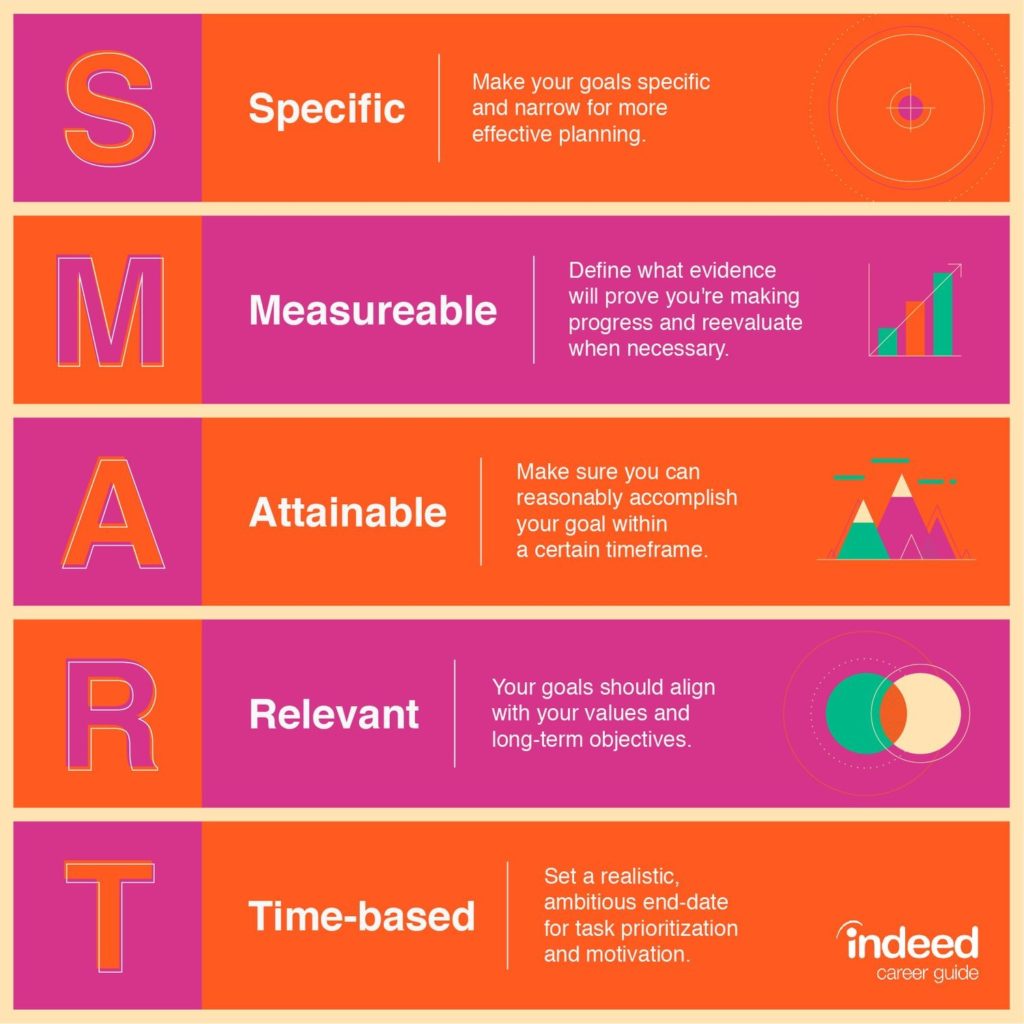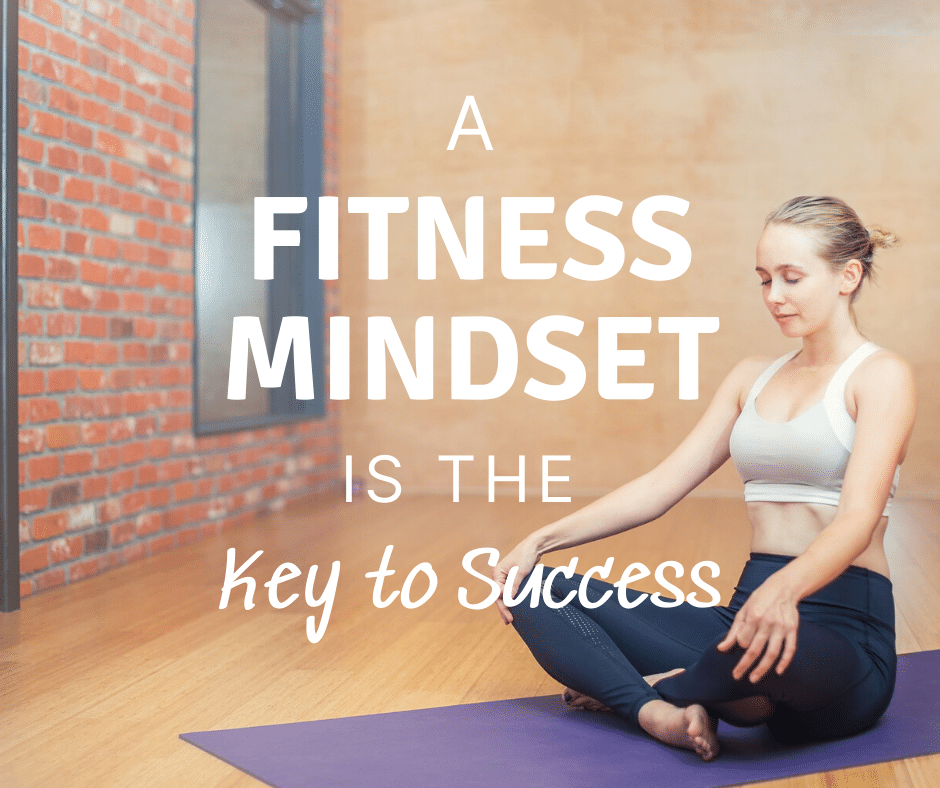Would you like to get up every day and enjoy making healthy food and fitness choices? We all do. A few actually do it without stressing about it or putting it off, as if they innately have a fitness mindset.
Today I am going to give you the tools you need to help you understand and develop a fitness mindset that works for you. You’ll see how a fitness mindset is the key to success!
What is a Mindset?

Mindset can be defined as “a fixed mental attitude or disposition that predetermines a person’s responses”. Simply put it’s “an inclination or a habit”.
If you are like many people, the very thought of exercising is overwhelming, and it even prevents you from becoming fit. You have thought about getting fit, you have even put some time and effort into exercising and improving your health and fitness. Eventually, your motivation dwindles. Life gets in the way, and suddenly you find other things to focus your attention on. Your emotions have developed your fitness mindset.
As we mature, this mindset is even more important to us. We cannot put off our healthy practices and expect our bodies to perform like they did when we were in our twenties.
Why Our Mindset Matters
The physiological and psychological effect of anything in our lives can and is influenced by our mindset. For example, a friend was going through a rough time with her breast cancer chemotherapy. During one of her visits to the hospital, she told the doctor that she was terrified that she would not get through “this”. The doctor looked her straight in the eyes and with strong, calm conviction said, “you will get through this”.
The fact that she got through it is not the point, but rather that she was no longer terrified. Whenever those thoughts of fear resurfaced, she consciously chose to remember what that doctor said. It changed her mindset. The good news is that your mindset is changeable.
Changing Your Fitness Mindset
Developing a healthy fitness mindset is something that you achieve by starting with small steps. If you are starting to feel a little worried just thinking about this, that’s o.k. You will learn the small steps to stop that and other counterproductive feelings dead in their tracks.
Step One – What Exercise Should Look Like To You
The American Heart Association recommends 30 minutes of exercise 5 times per week. Is that a realistic goal for you, or does it send you running to your bed and putting the covers over your head? It’s important for you to define what exercise should look like to you.
Remember, you are slowly starting to condition your mind to put health front and center. You are building motivation. For some, you are getting your body used to moving. For others, you have fallen off the fitness wagon and now you want to get back on.
Ask yourself what gets you moving? How does your body like to move? Try out different options. Do you have physical limitations? If you have mobility issues, maybe you will find walking enjoyable. Is your day jam-packed? Do you love music? Play some music and have a 4- minute dance out while you are preparing dinner!
Step Two – Start Small
It’s tempting to go all out with a 30- or 40- minute workout with a goal of doing this 3 or times a week. It sounds like a great plan but it may be counterproductive when you are still trying to build your fitness mindset. You may not have half an hour to work out, or you may not know where to start. Instead, plan to do a mini-workout. It is completely reasonable to make these mini-workouts just 5 minutes long. Everyone has 5 free minutes in their day.
Get out of your head and into your body. All activity counts. Consider each activity that you do as a productive opportunity to improve your health and fitness. Keep repeating the activities that work for you. Focus on each individual activity. You may only be spending 5 minutes each time, but if you are enjoying it, you may find yourself starting to spend more time each day as you improve your strength and stamina. Small, regular activities also build confidence. Repeating them builds your fitness mindset.
Step Three – The Five Second Rule and The Science Behind This Hack
Five-four-three-two-one. Research shows there is roughly a “five-second window of time between a thought, an idea, or intuition and the brain’s move to support it – or kill it”, says Mel Robbins, founder of this rule. If you take control of that moment right before you make a decision, your life changes.
All you need to do is count backward from five (5-4-3-2-1). For example, you’re lying in bed thinking you should be getting up and going for a walk. Start counting 5-4-3-2-get going –1. It is so simple that you may be asking yourself how it can possibly work.
There is plenty of science behind it, but the bottom line is that our brain is designed to keep us safe. There is a system in our brain that stops us every step of the way from making decisions at around the 5 second mark. The 5 second rule works to beat that system. It forces your brain to stop, focus, and busy itself with something else.
Mel Robbins is the woman behind the 5-second rule concept.
Step Four – Setting Realistic Goals and Achieving Them
You set goals for yourself every day. If you think you aren’t a great goal setter, consider this. Getting out of bed is a goal, going to work is a goal, improving your mindset is a goal. Goal setting is an excellent way to set yourself up for success.
Having realistic fitness goals are especially important as you age. The more you fall behind on your state of health, the longer it will take to get where you want to be. You want to set the right kind of goal because it will keep you motivated so you will be more likely to stick with your plan.
Many health professionals recommend setting S.M.A.R.T. goals. The S.M.A.R.T. goal concept first appeared around 1981 and it is still popular today because it works. The acronym stands for specific, measurable, achievable, realistic, and time bound.
A Case In Point – Focusing On What Your “Achievable” Is
Let’s take a look at Sheila and her success with this format. Sheila is 52 years old. She used to be quite active and running was her activity of choice. But life got busy and her focus shifted away from herself. Although she loved to run outdoors, it was no longer an option because it hurt her knees and back.
Sheila decided it was time to focus on walking outdoors as it was something she could do with her youngest child.
Sheila set her goal to be:
Specific: Walk 30 minutes after breakfast.
Measurable: Walk between 9 and 10 a.m. Monday, Wednesday and Thursday
Achievable: Sheila thinks it is.
Realistic: An activity that she likes, can do with her child and doesn’t stress her knees and back.
Timebound: Do this for the next two weeks. Set new goal after that.
After the first Monday and Wednesday, Sheila realized that committing to 30 minutes proved to be a challenge. Things happened that interfered with the amount of time that she had set in her goal.
For Sheila to develop the confidence and the habit she was striving for, she decided to take 15-minute walks instead. Her goal was now achievable. Eventually, she gained the confidence, motivation, and energy to add on to her fitness goal. Her fitness mindset was shifting. Her S.M.A.R.T. goal worked!

Conclusion
So, you have the knowledge and tools to improve your fitness mindset and really make a change. What this means for you is that you can leap out of your chair within 5 seconds of reading this conclusion and get started on making your life healthier and happier!
Why now? You know what will happen if you wait. You’ve chosen to read this article because there is something in your life that you want to change. You are a remarkable person and you deserve to love yourself and love life.
Now what? Ask yourself what is the first thing you will do to start changing your fitness mindset at this moment. Five-four-three-two-go do it!
I would love to hear what the first step is that you have made. What’s working for you now?

